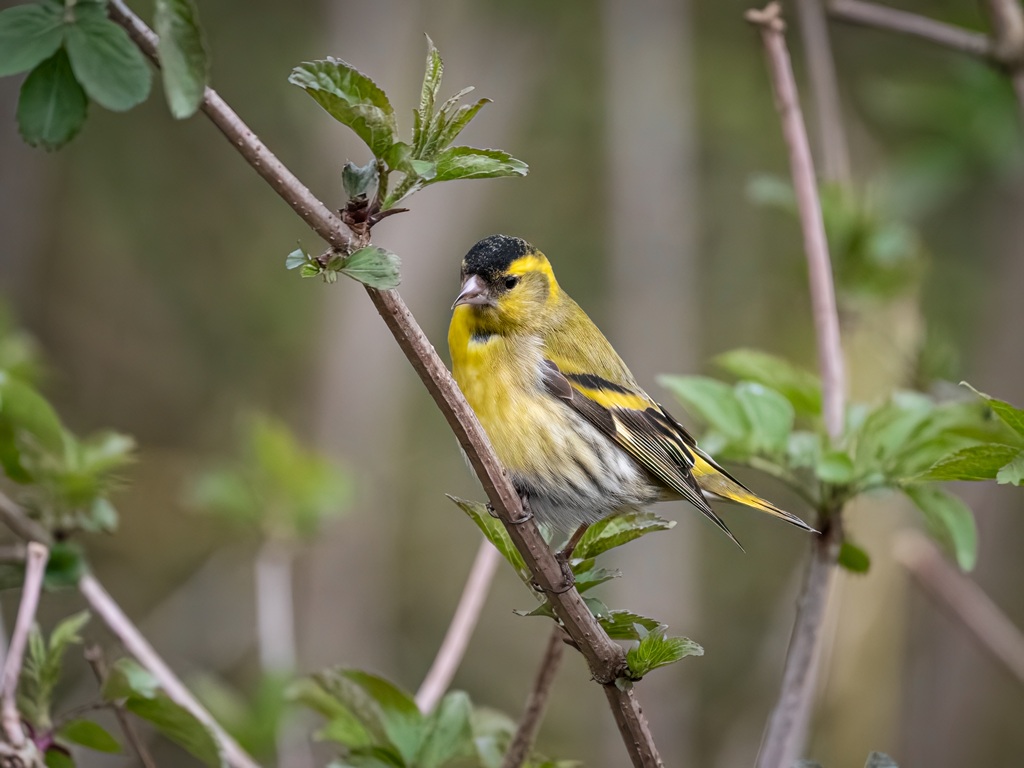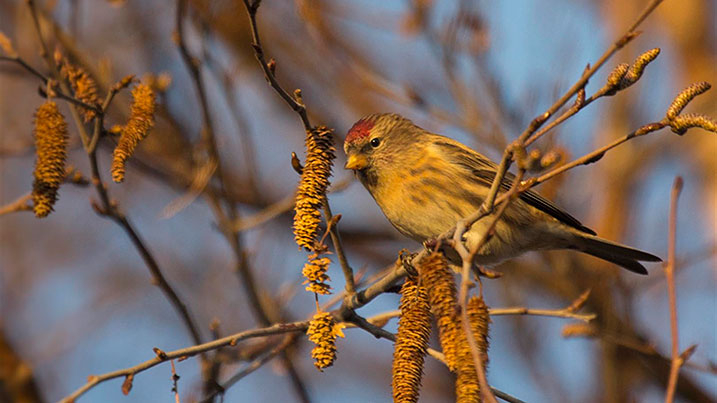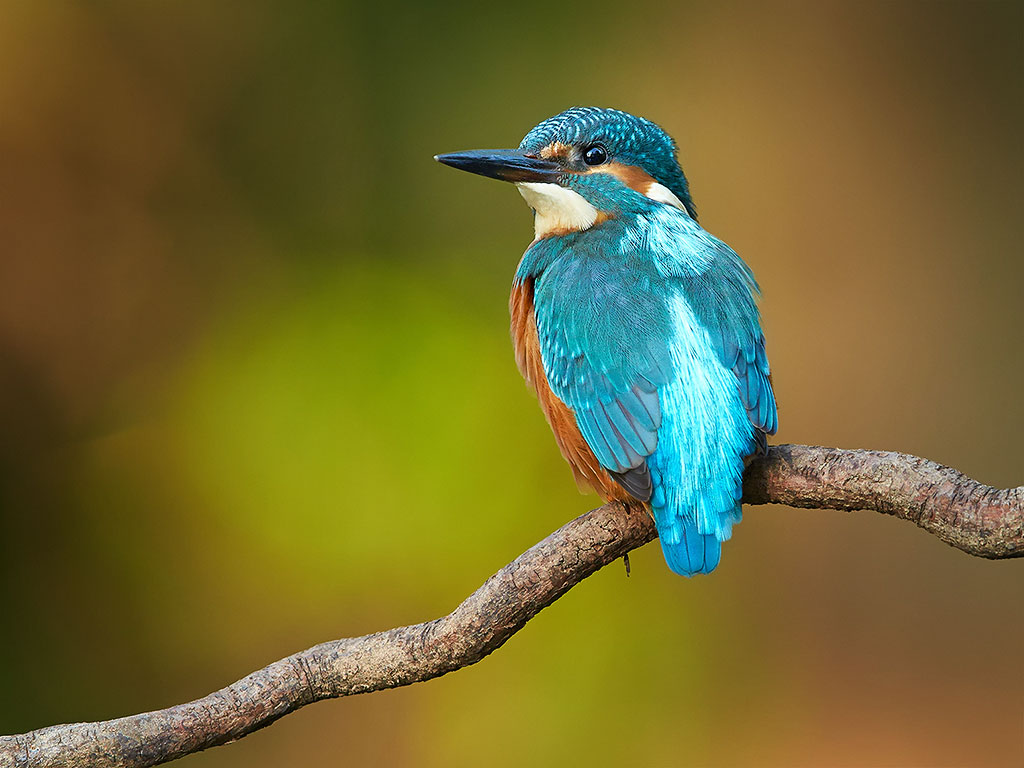Summer Round-up
Castle Espie Reserve
Hatching of Black headed gulls slowed into June with 30 nests still to hatch from original 750. Gull chick survival was similar to 2011 in spite of the wet summer with one third of flocks made up of fledged young. Most had left the reserve by July 25. Terns, for another year, looked as if they might decide to nest only to move on elsewhere in the Lough.
Resident wildfowl had a reasonably successful breeding season with broods of shelduck, gadwall and tufted all being reared under the protective canopy of the gull colony. A record three pairs of little grebe nested and hatched young on both the Crannog lake and the Limestone Lake with at least two juveniles surviving to fledge.
The last week of June saw the first small flocks of migrant wildfowl return namely shoveler, pintail and pochard with wigeon and teal not returning until late July.
In late June, an entire family of Kingfishers arrived. Although largely dispersed this species have again become a regular daily sighting.
Wader migration was first recorded from July 23rd when the first of this season’s common sandpiper arrived followed by black-tailed godwit and redshank in early August and a greenshank by Aug 16th.
An otter was seen in our Saline Lagoon on three occasions during the summer, June 21st, 29th and July 17th, all at high water and all for a period of about a half hour when it fed on crabs and ignored the gull colony on the nearby island.
Refuge
Up to 250 oystercatcher over summered on the estuary along with a number of eider duck with young. Now as autumn approaches other species are returning such as a fall of 165 curlew on July 19th and passage grey plover still in summer plumage, seen roosting by the Peninsular salt marsh at high water. A large flock of red-breasted merganser were recorded beyond Castle Espie pier on Aug 8th a sight that can only be seen for a short time and at this time of year.
Brent Geese
The Brent started to arrive earlier in the season, with 13 on 27th August. Just a few days later, on August 30th, 1,000 Brent Geese were spotted. They can be seen from both the Brent Hide and the LimeKiln Observatory. We will have to wait another month or so to hopefully spot the ringed pair that have used the estuary in Autumn 10yrs in a row.



